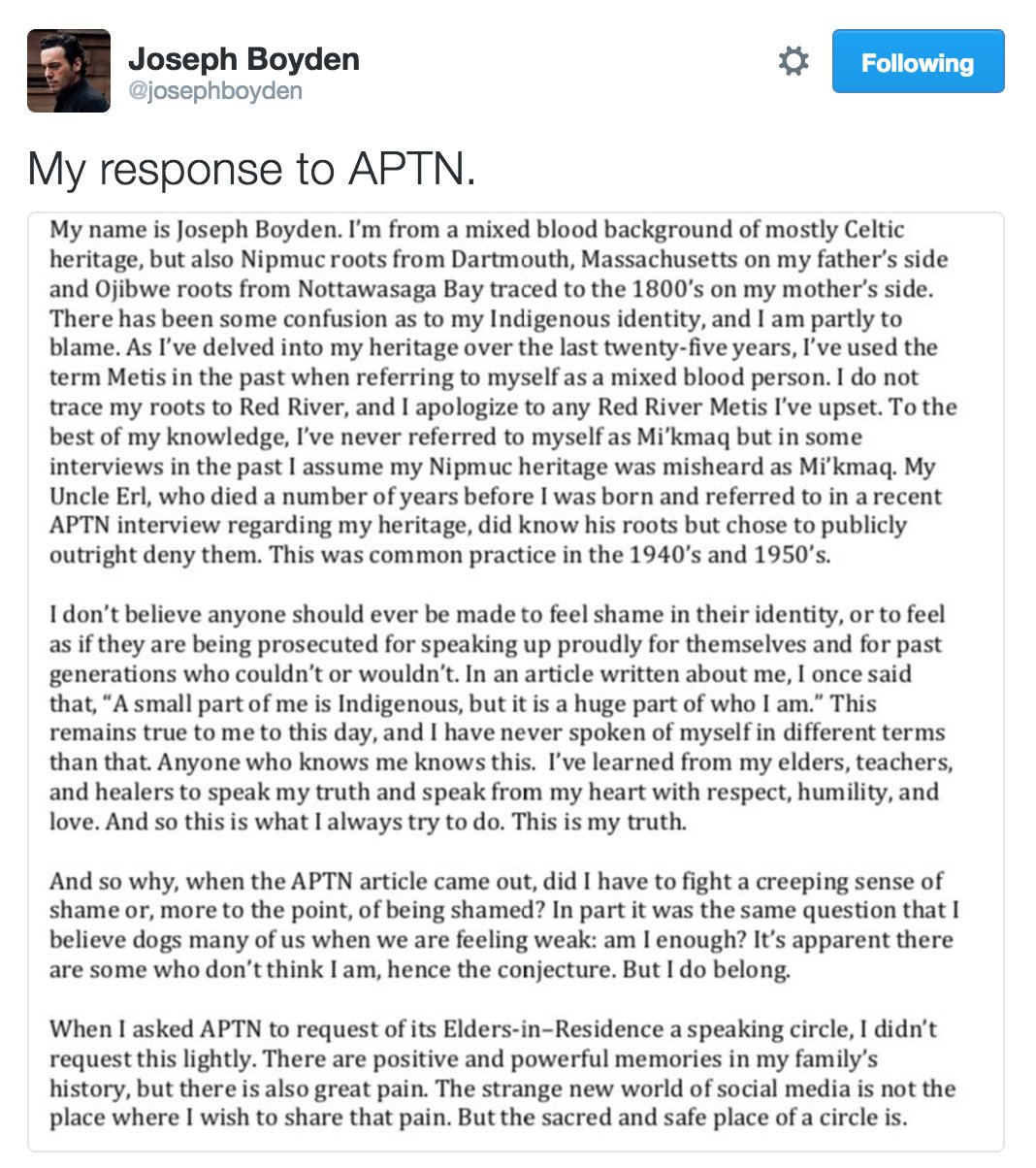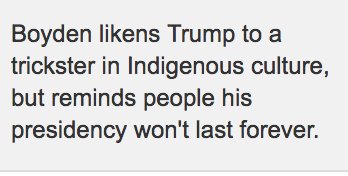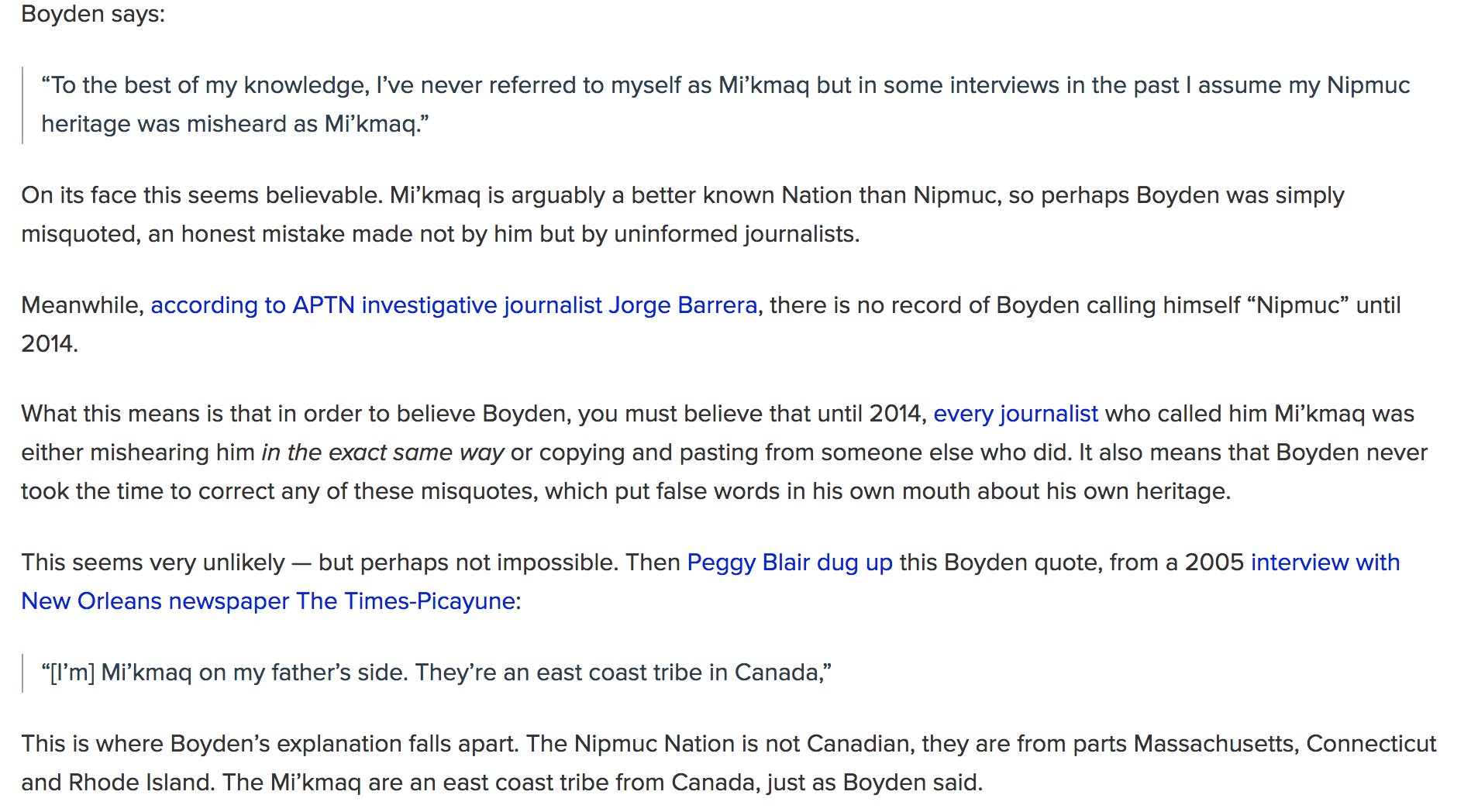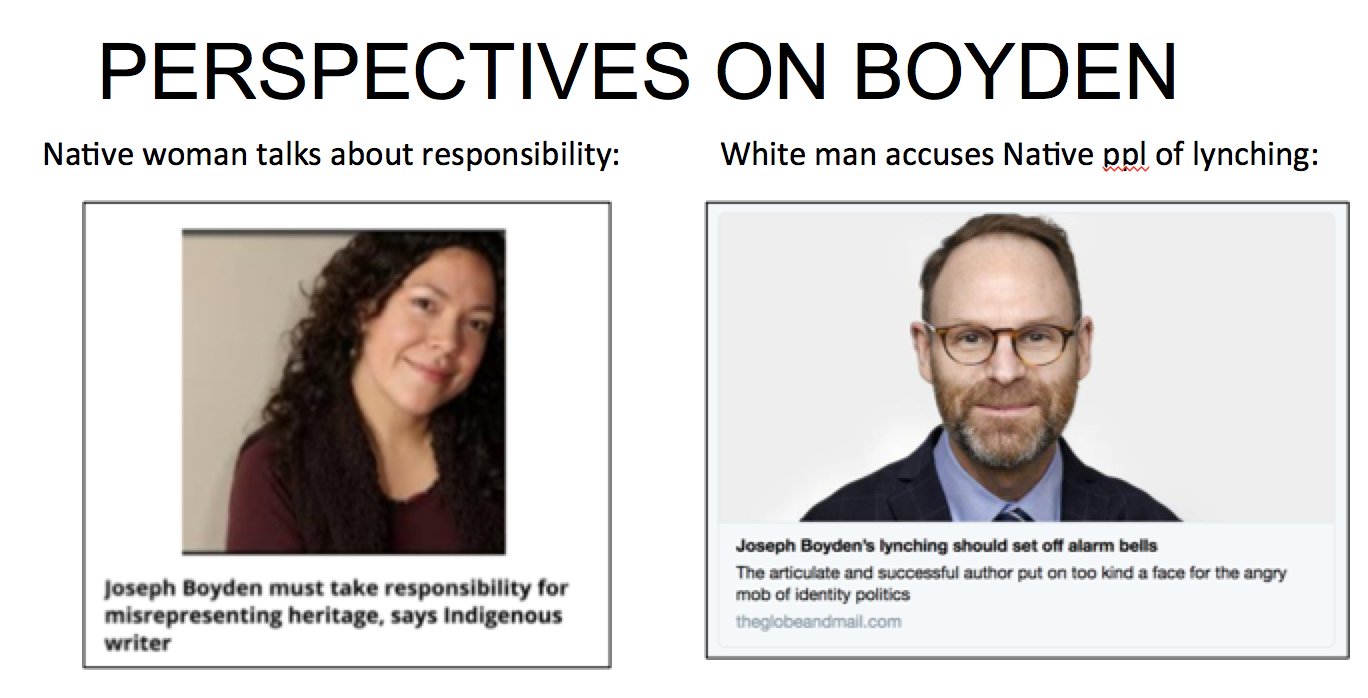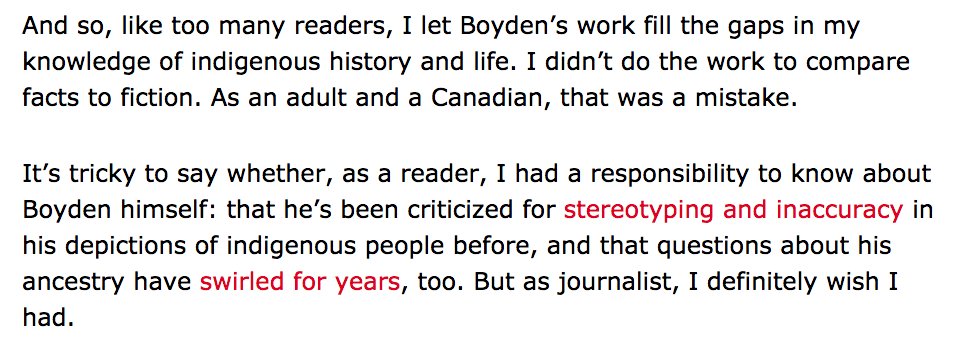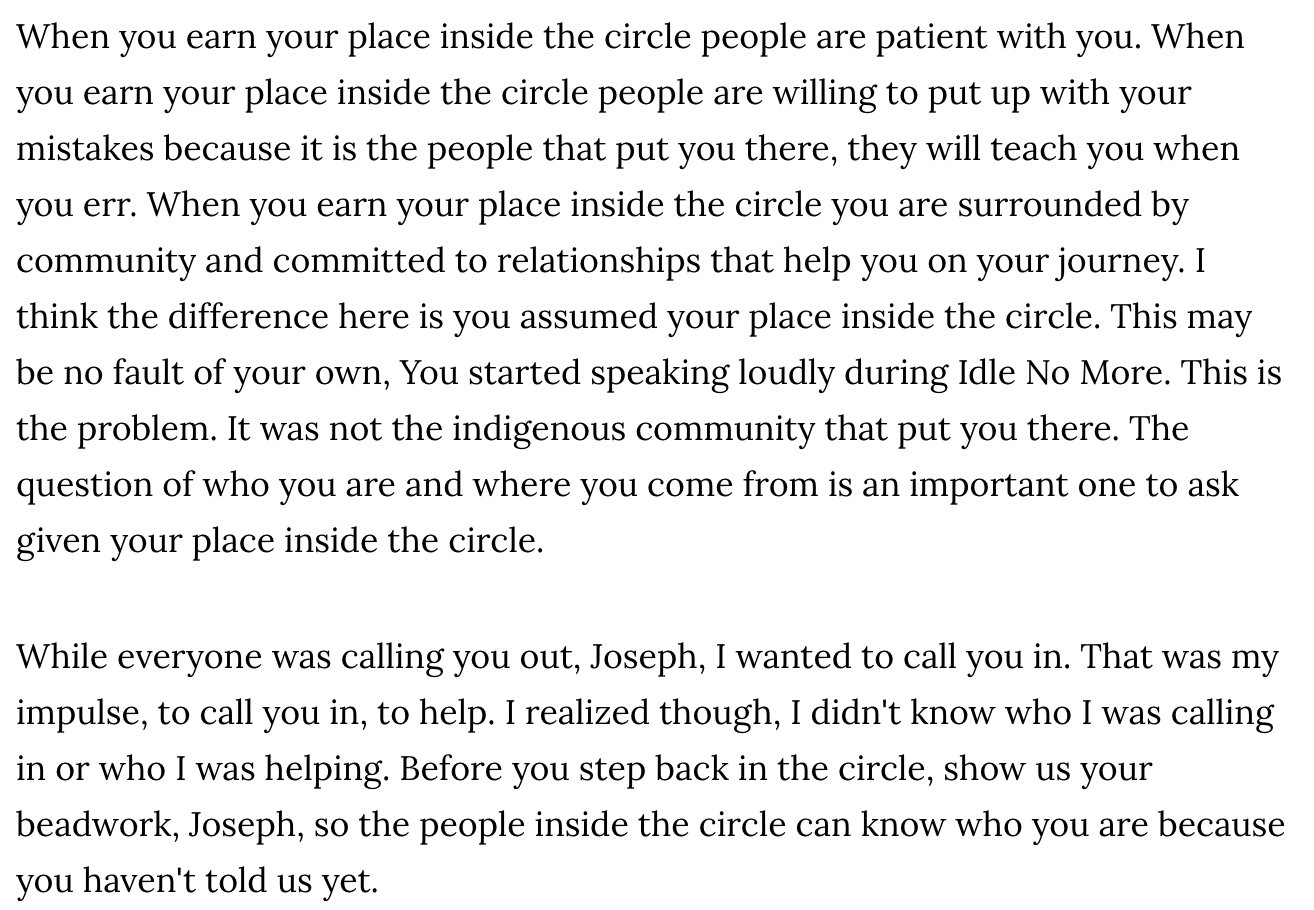A colleague wrote to ask if I know of a study of the most-assigned Native author in schools. I don't know of one, but will be looking for one, or, trying to figure out how to get the answer to the question, which is basically, "What book about American Indians is most-often taught/assigned in school?" Course, that would vary by grade level and school and other factors like state, public/private, etc.
One thing I (always) wonder about is best-selling books. One source of info is Amazon. In their "Bestsellers in Children's Native American Books" (time/date of list: 7:23 AM, Central Time, November 8, 2010) are the following titles. Some are on their more than once. In some cases, its clear that the duplicate is a Kindle edition, but others seem to just be repeats. There isn't, for example, a note that says it is an audio copy.
It is, overall, a disappointing list and it makes me grumpy on this Monday morning... I'm glad to see Native authors on the list, but duplicates of some really problematic books like
Touching Spirit Bear?! And it is pretty easy to see that Amazon's customers want works of historical fiction or "myths, legends and folktales."
#1 - The Absolutely True Diary of a Part-Time Indian, by Sherman Alexie.
#2 - Island of the Blue Dolphins, by Scott O'Dell
#3 - One Little, Two Little, Three Little Pilgrims, by B. G. Hennessy
#4 - Island of the Blue Dolphins (Kindle), by Scott O'Dell
#5 - Squanto's Journey: The Story of the First Thanksgiving, by Joseph Bruchac
#6 - Touching Spirit Bear, by Ben Mikaelsen
#7 - North American Indians, by Douglas Gorsline
#8 - Tapenum's Day: A Wampanoag Indian Boy in Pilgrim Times
*#9 - Encounter, by Jane Yolen
#10 - Sing Down the Moon, by Scott O'Dell
#11 - The Rough-Face Girl, by Rafe Martin
#12 - Paddle-to-the-Sea, by Holling C. Holling
#13 - Diamond Willow, by Helen Frost
#14 - Red Fox and His Canoe (I Can Read Book), by Nathaniel Benchley
#15 - The Sign of the Beaver, by Elizabeth George Speare
#16 - The Legend of the Indian Paintbrush, by Tomie de Paola
#17 - Arrow to the Sun: A Pueblo Indian Tale, by Gerald McDermott
#18 - Touching Spirit Bear (Kindle) by Ben Mikaelson
#19 - Julie of the Wolves, by Jean Craighead George
#20 - Touching Spirit Bear, by Ben Mikaelsen
#21 - Indian Captive: The Story of Mary Jemison, by Lois Lenski
#22 - Mountain Top Mystery (Boxcar Children), by Gertrude Chandler Warner
#23 - Grandmother's Dreamcatcher, by Becky Ray McCain
#24 - On Mother's Lap, by Ann Herbert Scott
#25 - Horse Diaries #5: Golden Sun, by Whitney Sanderson
#26 - The Indian in the Cupboard, by Lynn Reid Banks
#27 - Sacagawea: American Pathfinder, by Flora Warren Seymour
#28 - Code Talker: A Novel about the Navajo Marines of World War II, by Joseph Bruchac
#29 - The Heart of a Chief, by Joseph Bruchac
#30 - Little Runner of the Longhouse (I Can Red Book 2) by Betty Baker
#31 - Paddle-to-the-Sea, by Holling C. Hollins
#32 - Love Flute, by Paul Goble
#33 - Soft Rain: A Story of the Cherokee Trail of Tears, by Cornelia Cornelissen
#34 - The Journal of Jesse Smoke: A Cherokee Boy, Trail of Tears, 1838, by Joseph Bruchac
#35 - The Absolutely True Diary of a Part-Time Indian, by Sherman Alexie
#36 - The Birchbark House, by Louise Erdrich
#37 - The Legend of the Bluebonnet, by Tomie dePaola
#38 - Buffalo Woman, by Paul Goble
#39 - Cheyenne Again, by Eve Bunting
#40 - Where the Broken Heart Still Beats: The Story of Cynthia Ann Parker, by Carolyn Meyer
#41 - Julie, by Jean Craighead George
#42 - Children of the Longhouse, by Joseph Bruchac
#43 - Sacred Fire, by Nancy Wood
#44 - Island of the Blue Dolphins, by Scott O'Dell
#45 - Mama, Do You Love Me, by Barbara J. Joosse
#46 - The Year of Miss Agnes, by Kirkpatrick Hill
#47 - Sweetgrass Basket, by Marlene Carvell
#48 - Sitting Bull: Dakota Boy, by Augusta Stevenson
#49 - The Talking Earth, by Jean Craighead George
#50 - Rainbow Crow, by Nancy Van Laan
#51 - The Girl Who Loved Wild Horses, by Paul Goble
#52 - The Polar Bear Son: An Inuit Tale, by Lydia Dabcovich
#53 - The Girl Who Loved Wild Horses, by Paul Goble
#54 - Song of the Seven Herbs, by Walking Night Bear
#55 - Ten Little Rabbits, by Virginia Grossman
#56 - The Lost Children: The Boys Who Were Neglected, by Paul Goble
#57- Moccasin Trail, by Eloise Jarvis McGraw
#58 - Thunder Rolling in the Mountains, by Scott O'Dell
#59 - Meet Kaya: An American Girl, by Janet Beeler Shaw
#60 - When the Legends Die, by Hal Borland
#61 - Sacajawea, by Joseph Bruchac
#62 - Knots on a Counting Rope, by John Archambault
#63 - The Porcupine Year, by Louise Erdrich
#64 - Star Boy, by Paul Goble
#65 - Jim and Me, by Dan Gutman
#66 - Kaya: An American Girl: 1764/Box Set, by Janet Beeler Shaw
#67 - Between Earth and Sky: Legends of Native American Sacred Places, by Joseph Bruchac
#68 - Touching Spirit Bear, by Ben Mikaelsen
#69 - Weasel, by Cynthia Defelice
#70 - When the Shadbush Blooms, by Carla Messinger
#71 - On Mother's Lap, by Ann Herbert Scott
#72 - The Captive Princess: A Story Based on the Life of Young Pocahontas
#73 - Powwow's Coming, by Linda Boyden
#74 - The Gift of the Sacred Dog, by Paul Goble
#75 - Streams to the River, River to the Sea, by Scott O'Dell
#76 - Weetamoo: Heart of the Pocassets, Massachusetts - Rhode Island, 1653 (Royal Diaries) by Patricia Clark Smith
#77 - Indian Trail (Choose Your Own Adventure) , by R. A. Montgomery
#78 - Arrow Over the Door, by Joseph Bruchac
#79 - At Seneca Castle, by William W. Canfield
#81 - Pocahontas, by Joseph Bruchac
#82 - Squanto's Journey: The Story of the First Thanksgiving, by Joseph Bruchac
#83 - Christmas Moccsains, by Ray Buckley
#84 - The Game of Silence, by Louise Erdrich
#85 - Encounter, by Jane Yolen
#86 - Beyond the Ridge, by Paul Goble
#87 - Death of the Iron Horse, by Paul Goble
#88 - The Last of the Mohicans, by James Fenimore Cooper
#89 - Island of the Blue Dolphins (illustrated) by Scott O'Dell
#90 - Frozen Fire: A Tale of Courage by James Houston
#92 - Blood on the River: James Town 1607, by Elisa Carbone
#92 - The Give-Away: A Christmas Story in the American Tradition, by Ray Buckley
#93 - Mystic Horse, by Paul Goble
#94 - Eating the Plates: A Pilgrim Book of Food and Manners, by Lucilee Recht Penner
#95 - Mysteries in Our National Parks: Cliff Hanger, by Gloria Skurzynski
#96 - Jim Thorpe, Olympic Champion, by Guernsey Van Riper Jr
#97 - Good Hunting, Blue Sky (I Can Read Book) by Peggy Parish
#98 - Guests, by Michael Dorris
#99 - Hiawatha and Megissogwon by Henry W. Longfellow
#100 - Sing Down the Moon, by Scott O'Dell
Observations? Books by four Native authors are on the list: Sherman Alexie, (
Update on Sep 30 2023: I no longer recommend Bruchac's work. For details see Is Joseph Bruchac truly Abenaki?) Joseph Bruchac, Louise Erdrich, and Michael Dorris. I'll return to this list later to share analyses and observations. Right now, I gotta head to class. The class? American Indian Studies 101, where, over the course of the semester, students gain insight and skills in recognizing problematic depictions of Native peoples. It is encouraging to see that development in them. I wish everyone in the US could take an Intro to American Indian Studies course. Then maybe there'd be some CHANGE in what they buy.





